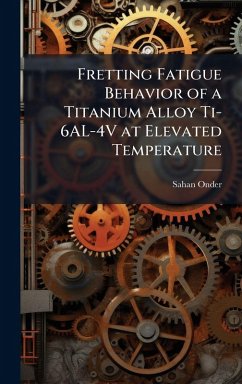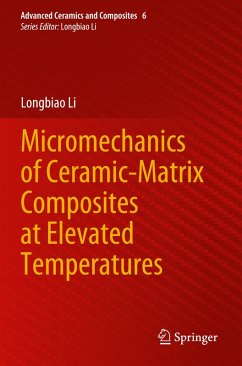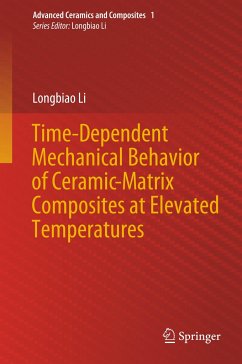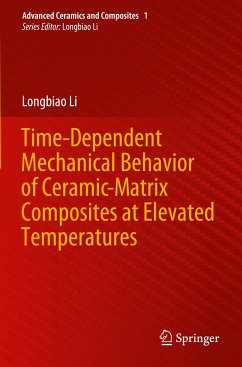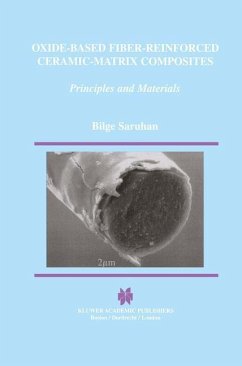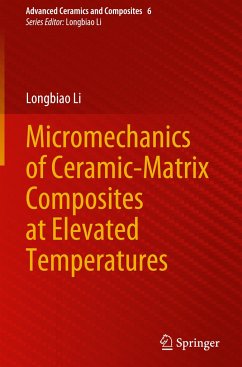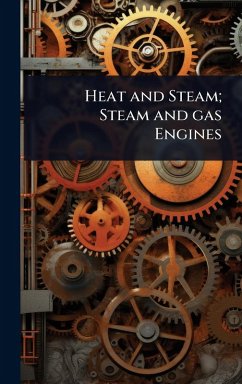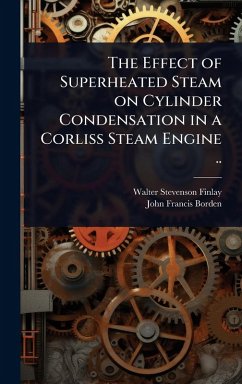
Creep Performance of Oxide Ceramic Fiber Materials at Elevated Temperature in Air and in Steam
Versandkostenfrei!
Versandfertig in über 4 Wochen
30,99 €
inkl. MwSt.
Weitere Ausgaben:

PAYBACK Punkte
15 °P sammeln!
The effects of steam on the creep performance for several ceramic materials were investigated at temperatures in the 1100-1300-C range. Experimental programs were designed to explore both tensile and compressive creep behaviors as well as the response in monotonic tension. Subcritical crack growth was determined to be the dominant failure mechanism in ceramic fibers at elevated temperatures in steam. The creep life prediction analysis of ceramic fiber tows was performed using linear elastic fracture mechanics and a power-law crack velocity model. Additionally, the effects of steam at 1300-C on...
The effects of steam on the creep performance for several ceramic materials were investigated at temperatures in the 1100-1300-C range. Experimental programs were designed to explore both tensile and compressive creep behaviors as well as the response in monotonic tension. Subcritical crack growth was determined to be the dominant failure mechanism in ceramic fibers at elevated temperatures in steam. The creep life prediction analysis of ceramic fiber tows was performed using linear elastic fracture mechanics and a power-law crack velocity model. Additionally, the effects of steam at 1300-C on creep performance of high-purity polycrystalline yttrium aluminum garnet (YAG) were studied. The high temperature mechanical properties of polycrystalline YAG make it the most promising candidate material oxide material for the next generation ceramic fiber. This work has been selected by scholars as being culturally important, and is part of the knowledge base of civilization as we know it. This work was reproduced from the original artifact, and remains as true to the original work as possible. Therefore, you will see the original copyright references, library stamps (as most of these works have been housed in our most important libraries around the world), and other notations in the work. This work is in the public domain in the United States of America, and possibly other nations. Within the United States, you may freely copy and distribute this work, as no entity (individual or corporate) has a copyright on the body of the work. As a reproduction of a historical artifact, this work may contain missing or blurred pages, poor pictures, errant marks, etc. Scholars believe, and we concur, that this work is important enough to be preserved, reproduced, and made generally available to the public. We appreciate your support of the preservation process, and thank you for being an important part of keeping this knowledge alive and relevant.



